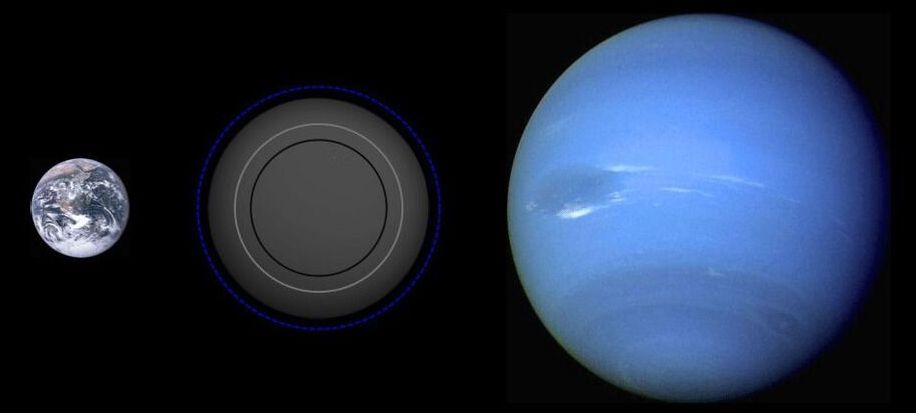Researchers at the Flatiron Institute’s Center for Computational Astrophysics published a paper last week that just might explain a mysterious gap in planet sizes beyond our solar system. Planets between 1.5 and 2 times Earth’s radius are strikingly rare. This new research suggests that the reason might be because planets slightly larger than this, called mini-Neptunes, lose their atmospheres over time, shrinking to become ‘super-Earths’ only slightly larger than our home planet. These changing planets only briefly have a radius the right size to fill the gap, quickly shrinking beyond it. The implication for planetary science is exciting, as it affirms that planets are not static objects, but evolving and dynamic worlds.
Exoplanet research is a very young field. As recently as 1992, no one had ever seen a planet beyond our solar system. Today, we’ve discovered more than 4700 of them, and that number is growing rapidly due to the efforts of dedicated planet-hunting space telescopes like Kepler (now defunct) and its successor, TESS. We’ve suddenly gained an enormous new sample size of planets to study, beyond the eight planets (sorry Pluto) that orbit around our sun.
Kepler, TESS, and other planet hunters have discovered brand new types of planets, like so-called ‘hot-Jupiters,’ large gas giants that orbit very close to their star. These were among the first exoplanets observed because their large size made them easy to find, and their small, fast orbital periods meant we could see them pass in front of their star more than once in a short period of time (some hot-Jupiters have a year that lasts only a few Earth days).
